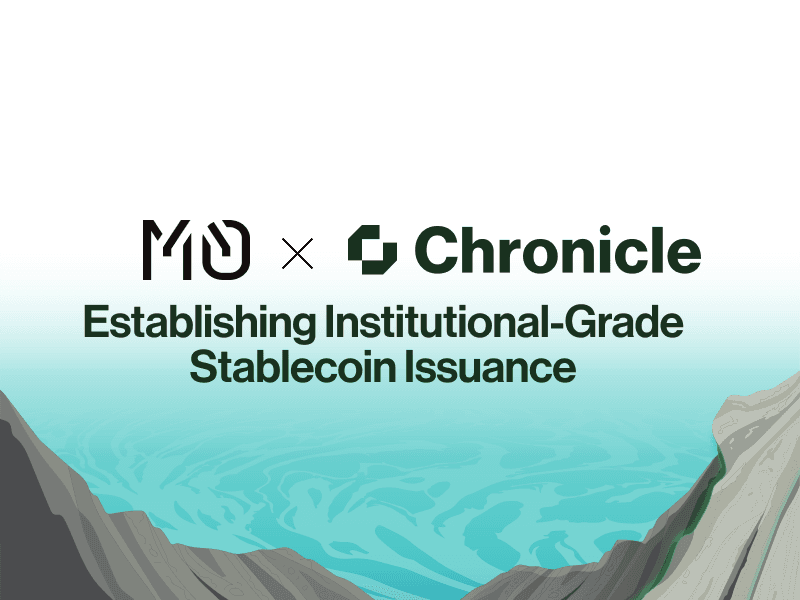What are Real-World Assets (RWAs)?
In the context of blockchain, Real-World Assets (RWAs) refer to physical assets and traditional financial instruments represented as digital assets on a blockchain network. These assets can range from assets such as real estate, commodities, art, and even intellectual property, to financial assets such as bonds, stocks, or ETFs (Exchange-Traded Funds). RWAs provide a bridge between traditional and decentralized finance, opening up new opportunities for market inclusion, accessibility, and innovation. In a report
by the Boston Consulting Group and ADDX, it is expected that the tokenization of illiquid assets will be an opportunity worth $16T by 2030.
RWA’s are not to be confused with
Risk Weighted Assets, a term used in traditional finance for the acronym RWA.
Examples of Real-World Assets
Real-World Assets (RWAs) can take a variety of forms, but they are often categorized into two main types: Physical Assets and Financial Assets.
Physical Assets include tangible items that can be represented on a blockchain. Examples of Physical Assets include real estate, such as houses or commercial buildings, and commodities, such as gold or oil, and art pieces. Financial Assets, on the other hand, include a wide range of financial instruments. These include bonds such as US Treasury bonds and municipal bonds, stocks such as shares of publicly traded companies like Apple and Alphabet, mutual funds, and ETFs.
How do RWAs work?
The process of tokenizing RWAs involves:
- Offchain formalization: The value, ownership details, and legal status of the real-world asset are established before it is integrated into a digital ledger.
- Linking information: The asset's information is translated into a digital asset, which includes metadata such as the asset's value and details about ownership.
- Supply and demand: The tokenized RWA is made available on a blockchain network, where it can be bought, sold, and traded.
RWAs require real-time data available onchain. However, blockchains cannot directly access real-world data due to the deterministic nature of blockchain transactions. Oracles fetch data from offchain sources, which are then used by smart contracts to ensure user transparency and automate processes in RWA transactions.
Benefits of Real-World Asset Tokenization
Tokenizing RWAs offers several benefits, including:
- Enhanced liquidity: Tokenized RWAs can be traded on a blockchain network, making buying and selling these assets easier. This also leads to a more efficient and liquid market, with better price discovery and reduced transaction costs. This is sometimes referred to as ‘capital efficiency’.
- Increased transparency: Tokenized RWAs are represented on a blockchain, which provides a transparent and auditable record of ownership. This can be particularly beneficial for high-value or illiquid assets, where traditional methods of ownership verification may be cumbersome or unreliable.
- Accessibility: Tokenized RWAs can be made accessible to a broader audience, including those traditionally without access to these assets.
- New Financial Products and Services: RWAs enable the creation of new financial products and services, such as fractional ownership and asset-backed lending. These innovations can provide new revenue streams and growth opportunities for financial institutions.
Challenges with RWAs
While tokenizing RWAs offers many benefits, there are also challenges to consider, particularly regarding regulatory compliance. Tokenizing RWAs must adhere to local laws and regulations, but the regulatory framework for RWAs is still evolving. This uncertainty makes it challenging for companies to determine how to comply with the relevant legal requirements.
Chronicle and M^0
In August 2024, Chronicle launched its RWA Oracle, integrating with
M^0 - a decentralized on-chain protocol that also includes a set of offchain standards and APIs. This integration allows multiple Minters to issue a fully fungible ‘cryptodollar’ called $M.
Chronicle’s RWA Oraclel has been onboarded as a validator, providing on-chain verification of the offchain collateral (currently short-term T-bills) used by Minters to generate $M.
The creation, maintenance, and burning of $M are managed by governance-approved Minters and Validators. For a Minter to mint $M, they must hold sufficient offchain collateral that has been approved by the protocol. The RWA Oracle plays a crucial role by attesting to the value of this collateral through digital signatures. This ongoing verification process ensures that $M is backed by high-quality collateral, thereby enhancing transparency and user trust.
Final Thoughts
Despite the inherent challenges—particularly in navigating the evolving regulatory landscape—the opportunities presented by RWA tokenization are immense. The tokenization of RWAs effectively bridges the gap between traditional asset classes and the innovative landscape of DeFi.
Chronicle's launch of its Real World Asset Oracle in August 2024, in collaboration with M^0, exemplifies the practical advancements driving this transformation by addressing key aspects of trust and transparency in the RWA space. This integration not only facilitates the seamless tokenization and trading of assets but also enhances user confidence through robust verification processes.
In conclusion, by fostering greater market inclusion, reducing inefficiencies, and expanding accessibility, RWAs are poised to redefine the future of finance, offering transformative benefits to the broader economy.









